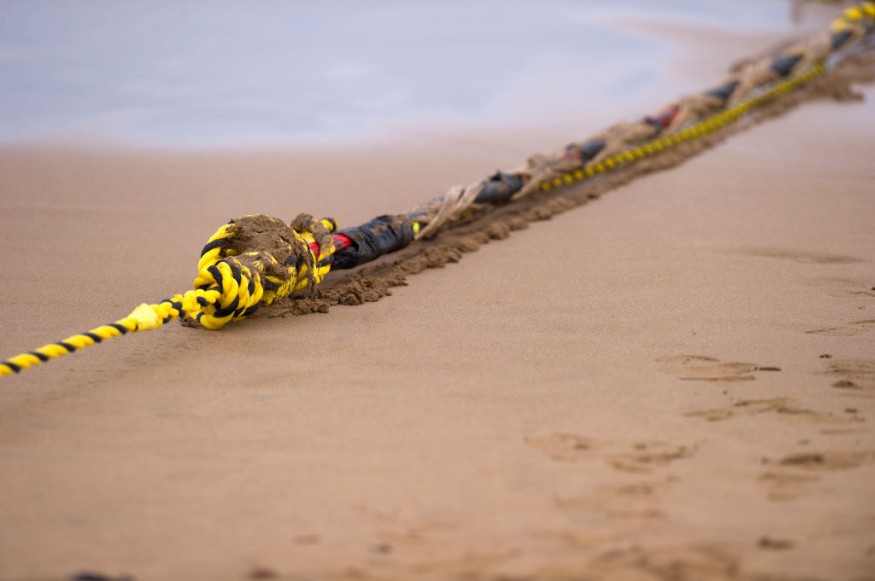Researchers might use seafloor internet connections to detect earthquakes and tsunamis and monitor how climate change affects ocean currents.
The UK's National Physical Laboratory (NPL) and its collaborators claim that these telecom cables might be utilized as a massive array of deep-sea scientific instruments.
Experts tested the technology on an optical fiber link between the United Kingdom and Canada and explained how submarine cables could help detect earthquakes.

Researchers Claim Subsea Cables Can Detect Earthquakes
According to PC Mag, engaged researchers claim to have discovered a way to turn subsea cables into seabed sensors that can effectively detect earthquakes.
Researchers said optical fiber-based sensing technology enables undersea communication lines, which can vastly increase Earth observations. They might use underwater cables as seabed sensors as a result of this. However, their creativity isn't yet at its peak.
The seafloor sensors could only detect seismic activity that affected the full length of the cable. The researchers added that by using this technology on existing undersea communication cables, the mostly unmonitored ocean floor might be equipped with thousands of permanent real-time environmental sensors without requiring alterations to the underwater infrastructure.
ALSO READ : Landslides Found to Influence Glacial Shifts, Changes Movement and Melting of Ice Masses
How Cables Could Detect Earthquakes
Optical fiber cables transport data across the world's seas and oceans.
More than 430 cables are said to exist throughout the planet, covering 1.3 million kilometers (800,000 miles).
Researchers told BBC News that vibrations, pressure, and temperature variations impact the speed of light as it passes down the cable by a minimal amount, which highly sensitive sensors may detect.
The researchers used a 5,860km EXA Infrastructure optical-fibre link between Southport in Lancashire and Halifax in Canada to detect earthquakes and "ocean signals" such as waves and currents.
Individual lengths of wire between repeaters - devices that assist enhance the signal - were used as independent sensors by the researchers.
According to the researchers, cable-based sensors may pinpoint the "epicentral area" of an earthquake in the same manner as land-based seismometers can.
Other technology applications include monitoring deep-water currents for changes induced by global warming.
Another unproven option is to use cables to track how climate change affects seafloor temperatures.
According to Brian Baptie, leader of the British Geological Survey's Earth seismology division, the finding might alter scientists' capacity to conduct measurements over broad sections of the Earth's surface where traditional methods are impossible to employ.
The majority of earthquake-detecting technology is now built for use on land. This implies they can only cover the surface of the Earth above sea level.
Experts estimate that the Earth is around 70% water. It signifies that the majority of the Earth's land is submerged. As a result, conventional seismic activity-detecting technologies have limited capacities.
The results of the study are detailed in "Optical interferometry-based array of seafloor environmental sensors using a transoceanic submarine cable," published in Science Magazine.
RELATED ARTICLE : Largest Earthquake in History Caused Enormous Tsunami and Moved Massive Boulders from Chile to New Zealand
Check out more news and information on Earthquake in Science Times.
© 2025 ScienceTimes.com All rights reserved. Do not reproduce without permission. The window to the world of Science Times.











